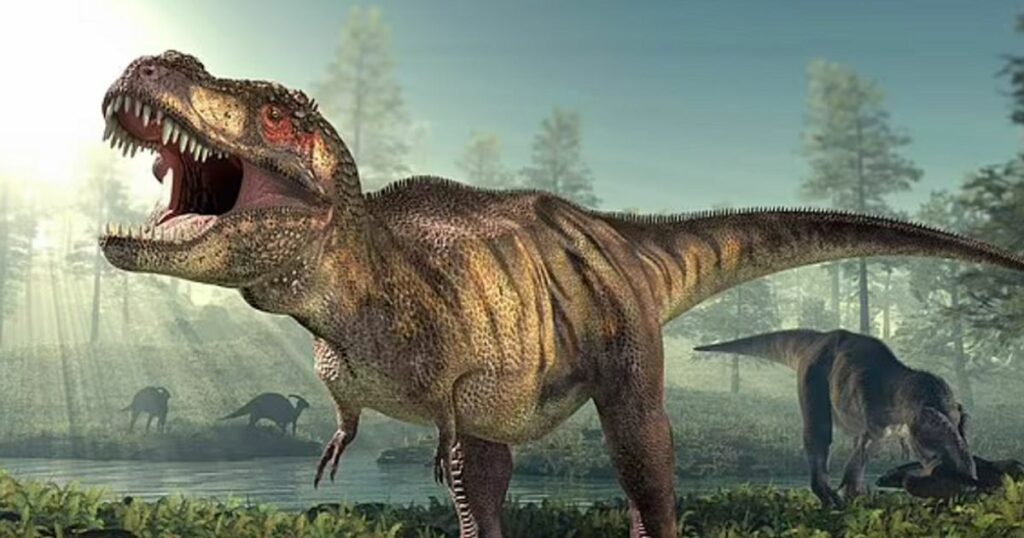T. rex
T. rex is the popular name for Tyrannosaurus rex, a species of dinosaur that lived during the late Cretaceous period, around 68 to 66 million years ago. It was one of the largest carnivorous dinosaurs, with some estimates putting its length at over 40 feet (12 meters) and its weight at around 7 tons (6,350 kg). T. rex is known for its large skull, strong jaw muscles, and long, serrated teeth. It was a dominant predator in its ecosystem and played a significant role in the food chain. Today, T. rex is one of the most famous and well-known dinosaurs and continues to captivate the imagination of people of all ages.
Birds
Birds keep themselves warm with heat generated by some of the most hard-working metabolisms on the planet, while lizards rely on the sun to keep them toasty. Both of these groups are linked to dinosaurs, and because of this, paleontologists have long wondered if dinosaurs had so-called cold-blooded metabolisms like their lizard cousins, or warm-blooded metabolisms like their avian relatives. Now scientists know the answer: It’s both.
An animal’s metabolism refers to how much energy its body uses to carry out normal functions. A higher metabolism — which requires more energy to maintain — means that an animal can be more active, but the animal has to eat enough food and breathe enough oxygen to keep its metabolic engine running. As an added bonus, a high metabolism generates heat that keeps animals warm, hence the term warm-blooded, or endothermic. The opposite metabolic strategy requires less energy to maintain and is known as cold-blooded, or ectothermic. Cold-blooded animals need less oxygen and food than endothermic creatures but have to regulate their body temperatures with behavior. Instead of generating their own heat, they maintain their internal temperature by basking in the sun or hiding in the shade.
“Birds inherited their exceptionally high metabolic rates from their dinosaur ancestors, which is pretty cool,” Jasmina Wiemann, currently a postdoctoral researcher at CalTech and lead author on a new study about dinosaur metabolisms, told Live Science. In an analysis of 55 living and extinct species (many of them dinosaurs), Wiemann and co-authors found that warm-bloodedness, which is currently only seen in mammals and birds, was quite widespread among dinosaurs, but that not all dinosaurs were warm-blooded.
